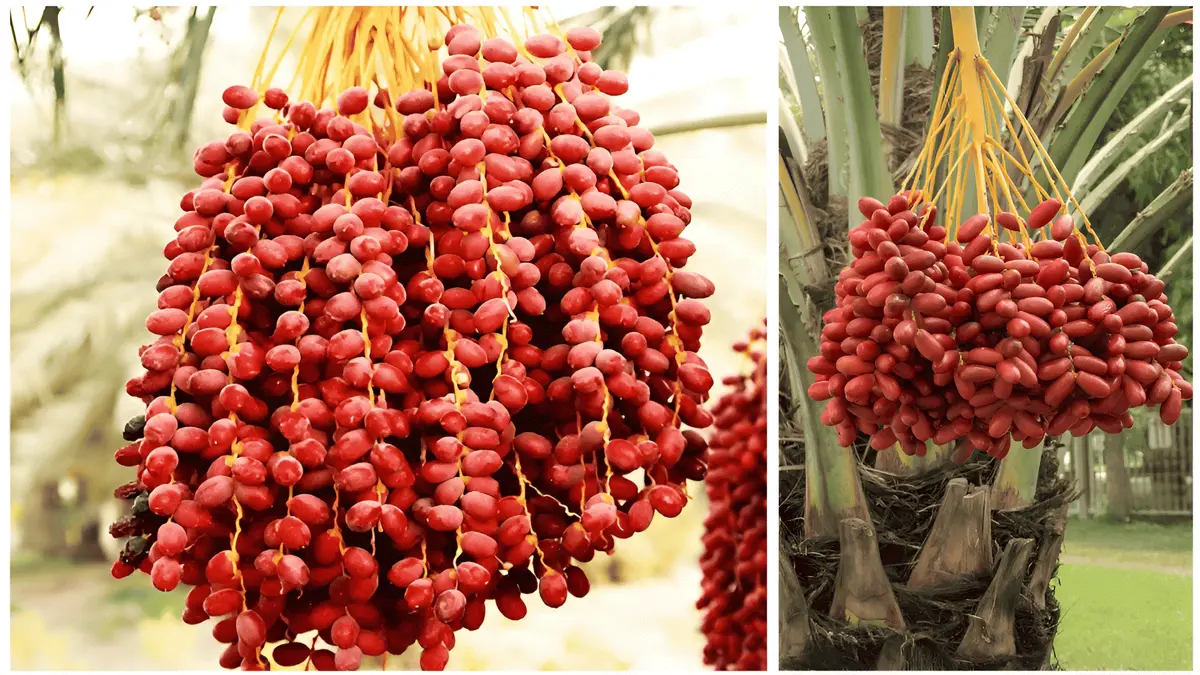Dreaming of your own dates right off the tree? Date palms, known as Khajur, bring a touch of oasis beauty to any yard and can reward you with candy-sweet fruit when grown in the right conditions. While they thrive in hot, dry climates, you can succeed in many warm U.S. regions with smart variety choices, proper planting, and a little patience. This guide covers climate, varieties, planting, watering, pollination, care, pests, harvesting, and practical troubleshooting, plus answers to common questions at the end.
Climate and Hardiness
Date palms love heat and sun. In the United States, they perform best in USDA Zones 9 to 11, with reliable fruiting where summers are long, hot, and dry. Expect peak performance where daytime summer highs regularly top 90–100°F and humidity stays low during bloom and ripening.
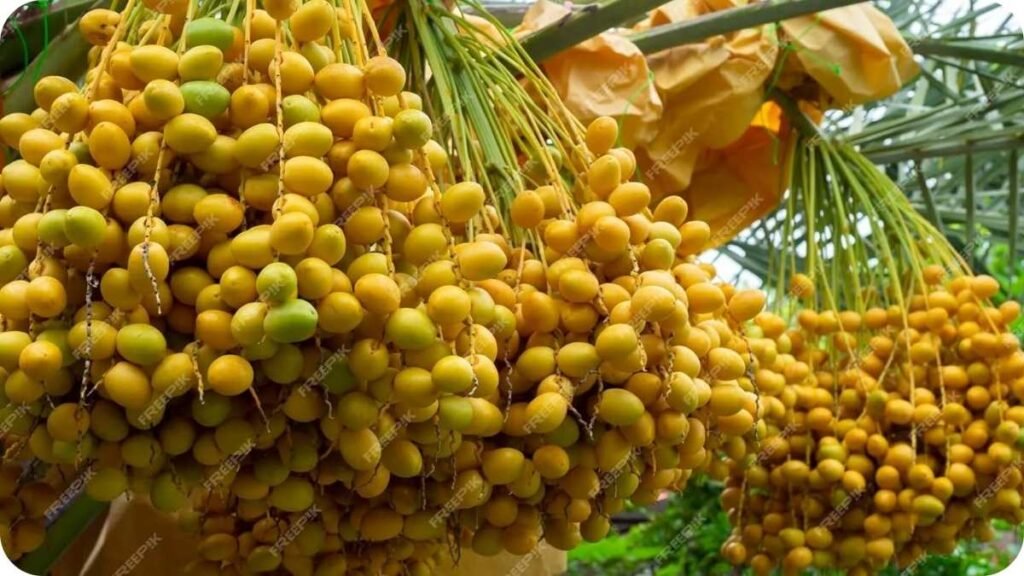
They tolerate brief dips to around 20°F, but foliage can be damaged below the mid-20s. Protect young trees during cold snaps with wraps and frost cloth. In humid or rainy coastal areas, bagging fruit clusters and excellent air flow help reduce rot. Sun is nonnegotiable: aim for 8 or more hours daily.
Choosing the Right Variety
Picking the right cultivar is half the battle. Many named varieties are propagated from offshoots to stay true to type. Seed-grown trees vary and may turn out male (no fruit) or produce inferior fruit.
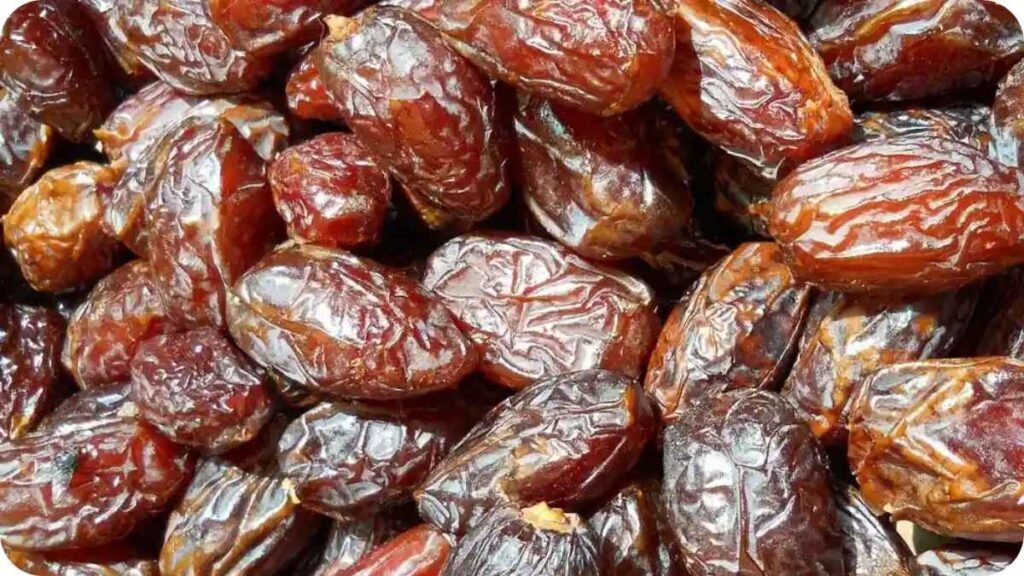
| Variety | Texture | Flavor | Notes | Ripening Season |
|---|---|---|---|---|
| Medjool | Soft | Rich caramel | Big fruit, widely grown; needs heat | Late summer to fall |
| Deglet Noor | Semi-dry | Honey-nut | Excellent for drying; firm | Fall |
| Barhi | Soft to crisp (khalal stage) | Butterscotch | Delicious fresh at yellow stage | Late summer |
| Halawy | Soft | Mild, sweet | Good backyard choice; smaller tree | Late summer to fall |
| Zahidi | Semi-dry | Nutty | Stores well; reliable | Fall |
| Khadrawy | Soft | Deep caramel | Best in hot, dry areas | Fall |
If your climate is marginal or humid, lean toward reliable, earlier, or semi-dry types like Deglet Noor and Zahidi.
Site Selection and Soil Prep
Choose the sunniest, hottest spot you have, ideally sheltered from cold winds and near heat-reflective surfaces (south-facing walls, stone). Space trees 20 to 30 feet from structures and power lines mature date palms can reach 50 to 70 feet.
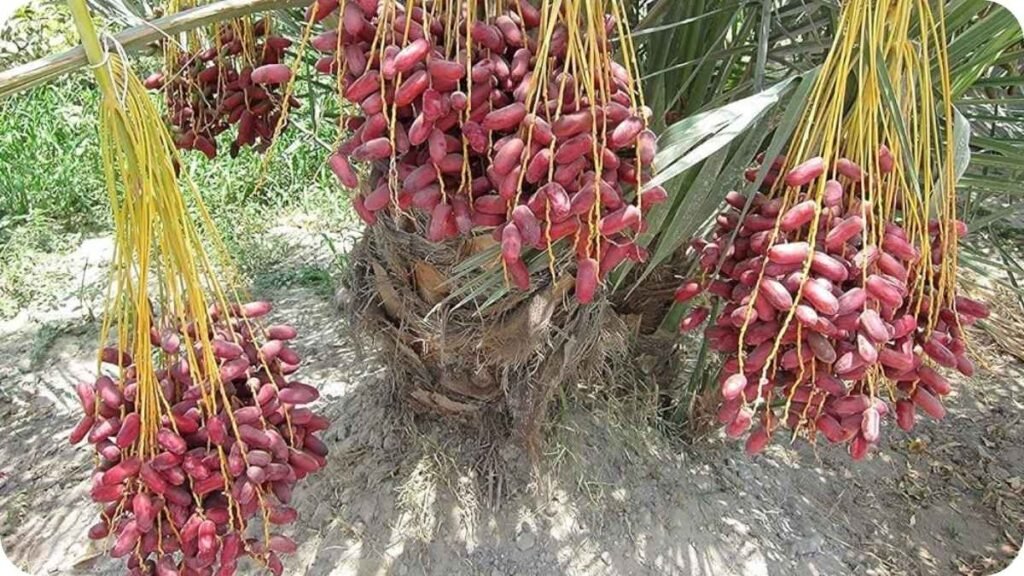
Soil must drain well. Sandy or sandy-loam is ideal; heavy clay benefits from a raised mound 12 to 18 inches high and amended with coarse sand and compost. Dates tolerate slightly alkaline soil and even some salinity. Keep mulch 6 to 12 inches away from the trunk to prevent rot.
Planting and Propagation
Offshoots (suckers) from a known female variety are the best way to get fruit you love. Select rooted offshoots roughly 10 to 25 pounds with visible roots. Tie fronds upward to reduce stress, and plant in late spring to early summer when soil is warm.
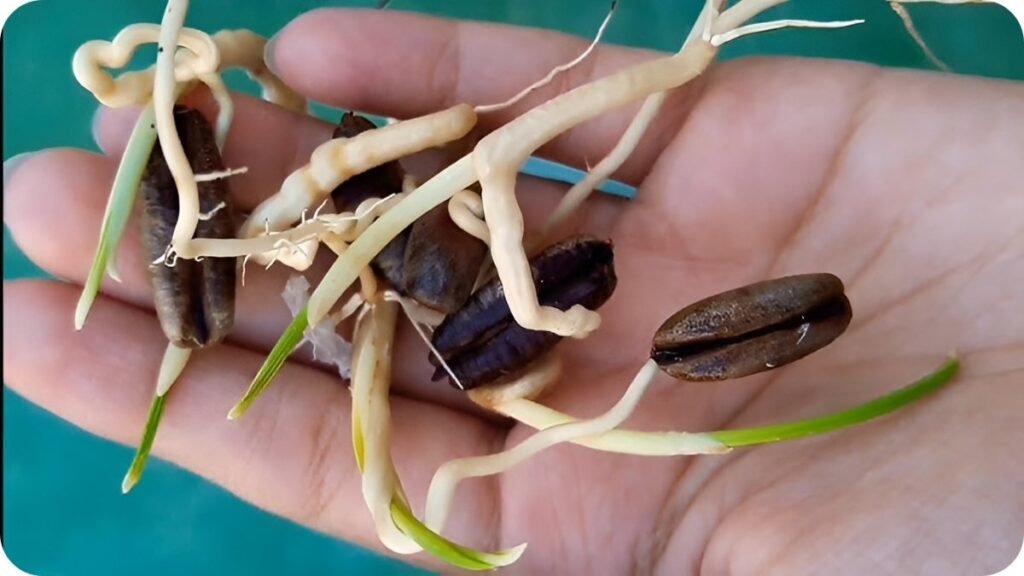
- Dig a hole 2 to 3 times wider than the root ball but no deeper.
- Set the plant so it sits at the same depth it grew before.
- Backfill with native soil, water deeply to settle, and stake if windy.
- Form a watering basin a few feet wide around the trunk for deep soaks.
You can grow from seed, but seedlings take longer (often 6 to 10 years) and sex is unknown until flowering. If you only have room for one female, you will need access to male pollen for fruit set.
Watering and Fertilizing
Dates are drought tolerant once established, but regular deep watering makes the difference between a surviving palm and a fruiting one. Water less often but deeply, allowing the top few inches to dry between irrigations. Avoid overhead watering into the crown.
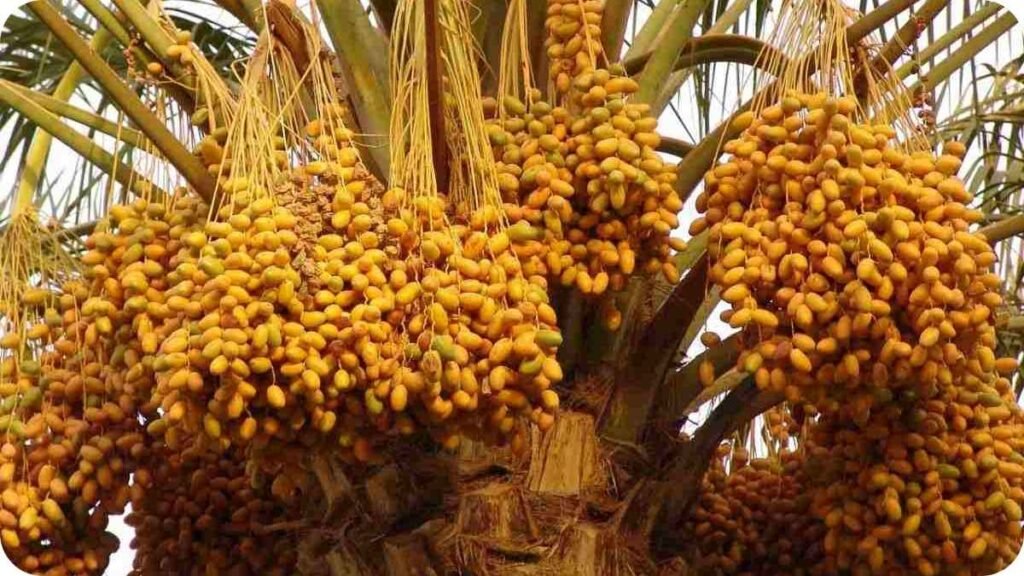
Use a palm-specific, slow-release fertilizer with potassium and magnesium. Apply during the growing season, following label rates, and never pile fertilizer against the trunk.
| Stage | Watering Guide | Fertilizer Guide |
|---|---|---|
| Months 0–3 after planting | 2–3 deep soaks per week (10–20 gallons each), depending on heat and soil | Light dose monthly of palm fertilizer |
| Months 4–12 | Once every 7–10 days in warm weather | Every 8–10 weeks during growing season |
| Established (Year 2+) | Every 2–3 weeks in summer; monthly or less in cool months | 2–3 times per season; include magnesium and micronutrients |
Adjust for temperature, soil type, and rainfall. Leach the soil with plain water a few times each season if your water is salty.
Pollination and Fruit Set
Date palms are dioecious: male and female flowers grow on separate trees. You need pollen from a male to set fruit on a female. One male can pollinate many females, but for a home garden, having one male nearby or access to a neighbor’s pollen is enough.
Hand pollination produces the most reliable crops:
- When male flowers open, collect strands, let them dry a day, and store cool and dry.
- When female spathes open, dust pollen into them with a small squeeze bottle, or tie a few male strands into each female cluster.
- Repeat after a few days to catch late-opening flowers.
- Thin fruit clusters for larger, better-quality dates, and bag clusters with breathable mesh to protect from rain, birds, and insects.
Pruning, Training, and Maintenance
Prune sparingly. Remove only dead, brown fronds and old fruit stalks. Avoid the hurricane cut that strips green fronds; it weakens palms. Always sanitize tools and wear thick gloves many varieties have sharp spines at the frond bases.
Maintain a clean mulch ring, keep irrigation off the trunk, and protect the trunk from string trimmers. In frost-prone areas, wrap the crown with breathable fabric during cold snaps and remove promptly after.
Pests and Diseases to Watch
Healthy, well-sited palms resist most problems. Still, keep an eye out for sap-sucking insects and moisture-related diseases. Good airflow, clean pruning, proper watering, and bagging fruit help a lot.
| Issue | What You’ll See | What Helps |
|---|---|---|
| Scale, mealybugs, aphids | Sticky honeydew, sooty mold, clustered insects on fronds | Horticultural oil or insecticidal soap; encourage lady beetles; repeat treatments |
| Spider mites | Fine webbing, stippled leaves in hot, dry spells | Strong water spray to wash off; oil/soap if needed |
| Bud or crown rot | Soft, collapsing center growth, foul smell after heavy rain | Improve drainage, avoid overhead watering; copper-based fungicide at first signs |
| Leaf spot | Small dark spots, sometimes with yellow halos | Increase airflow, remove affected fronds, avoid wetting foliage |
| Birds and rodents | Pecks and missing fruit | Mesh bagging of clusters; netting as needed |
Harvesting, Curing, and Storage
Date fruit ripens in stages. The yellow or red crunchy stage is khalal; the soft, honeyed stage is rutab; fully dried is tamar. Some, like Barhi, are excellent at khalal, while Medjool shines at rutab to tamar.
- Harvest when fruit color deepens and softens according to variety.
- Use sharp pruners and support the cluster as you cut.
- Bagging clusters speeds drying and keeps pests off.
- If fruit needs further curing, spread in a warm, dry, airy spot until desired texture develops.
Store fresh, soft dates in the refrigerator for 1 to 2 weeks, or freeze up to a year. Fully dried dates keep for months in airtight containers at cool room temperature.
Growing in Containers or Cooler Climates
True date palms grow large and rarely fruit in containers, but you can raise young plants in big pots to get a head start before planting out. Use a fast-draining palm mix in a container with ample drainage holes. Place in full sun, water deeply and infrequently, and rotate the pot for even growth.
In Zone 8 or cool, wet climates, expect ornamental value more than consistent fruit. Create a warm microclimate, protect during freezes, and consider a greenhouse or high tunnel for reliable crops. For a smaller palm look in pots, pygmy date palm is popular, but it isn’t the same species and won’t produce classic edible dates.
Common Problems and Quick Fixes
- New leaves look frizzy or stunted: Often manganese deficiency or crown rot. Improve drainage, avoid water into the crown, and use a palm fertilizer with micronutrients; manganese drenches can help.
- Older leaves with orange-brown spotting: Potassium deficiency. Switch to a palm formula high in potassium and magnesium.
- Yellowing between leaf veins: Possible magnesium deficiency. Use a palm fertilizer that includes magnesium.
- Brown tips on leaves: Salt buildup or underwatering. Deeply leach the soil and adjust your watering schedule.
- Fruit splitting or rotting: Irregular watering or humidity during ripening. Maintain steady moisture and bag clusters to keep rain off.
FAQs
Q: How long until a date palm bears fruit?
A: Offshoots can produce in about 3 to 5 years under good conditions. Seedlings often take 6 to 10 years and may turn out male, so they might never fruit.
Q: Can I grow a single date palm and still get dates?
A: You need pollen from a male. If you have only a female tree, you can still set fruit by hand-pollinating with male pollen obtained from another tree.
Q: What’s the best fertilizer for date palms?
A: Use a slow-release palm fertilizer with higher potassium and added magnesium and micronutrients. Apply 2 to 3 times during the warm season, following label directions.
Q: Do date palms need a lot of water?
A: They’re drought tolerant once established, but deep, infrequent watering yields better fruit. Young trees need consistent moisture until roots spread.
Q: Which variety is easiest for a backyard grower?
A: Medjool, Halawy, and Zahidi are dependable in hot, dry regions. In slightly cooler or more humid spots, semi-dry types like Deglet Noor and Zahidi are often more forgiving.
